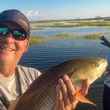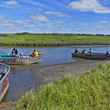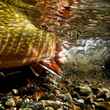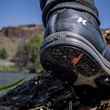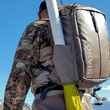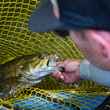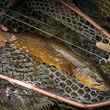Until YETI introduced its original cooler almost a decade ago, there weren't very many people out there that could get excited about a cooler. After all, we had all been toting around different versions of what amounted to the same clumsy cooler for years. These cheap plastic doppelgängers required lots of ice refills to keep things cold and ended up being fairly disposable, since their flimsy construction didn't offer up much durability. But they got the job done, we were satisfied. That is, until YETI came along and showed us we were setting our expecations way too low.
YETI's flagship Tundra series holds ice for over a week in some cases, offers up bomb-proof (read: bear proof) construction, is dry ice safe and is packed with other should-have-thought-of-it features that for many years now have made an ice box into a conversation piece, something to covet, and a very serious piece of gear. YETI unquestionably revolutionized how we think about coolers, and now they're back to try to do it again.
On Wednesday, YETI introduced what it is confidently referring to as product that is just as game-changing as its hard sided cooler. The new YETI Hopper is a soft-sided cooler, designed from the ground up to provide much of what its hard-sided coolers provide -- long-term ice retention, robust durability and thoughtful features and construction that address the shortcomings in the industry standard of design -- only in a vastly more portable package.

